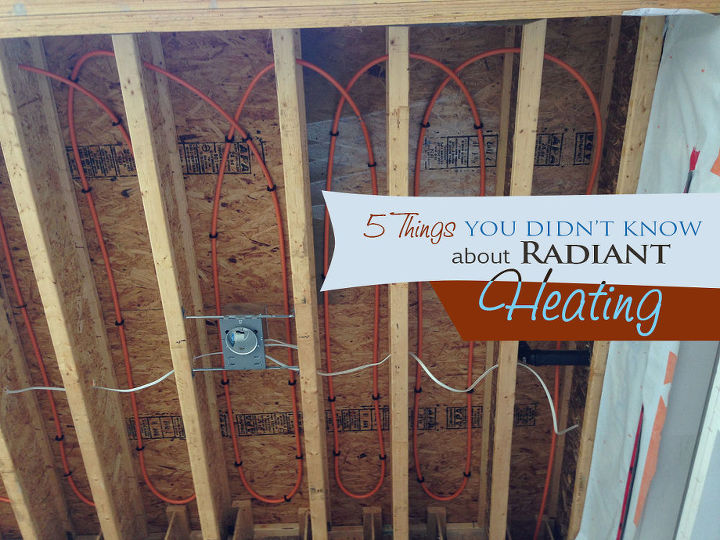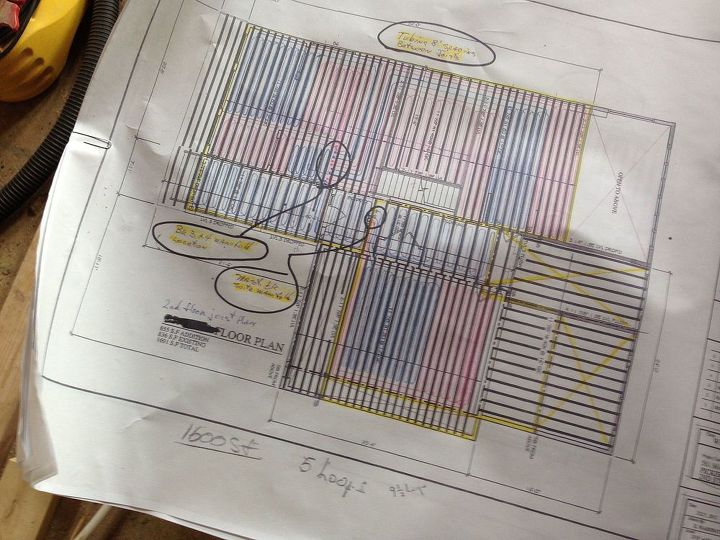5 Things You Didn’t Know About Radiant Heating
We recently tackled the DIY install of our radiant in-floor heating system. If you're considering a radiant system for you're home, here are 5 things you might not know..
1: Different Types
There are essentially 2 different types of radiant systems - hydronic & electric.
- Electric systems are generally cheaper to install, but can be costly to run due to rising hydro costs.
- Hydronic systems (like ours shown on the plans) below are typically designed to heat an entire house and operate using water circulated through PEX tubing installed beneath the floor & heated by a boiler system.
There are essentially 2 different types of radiant systems - hydronic & electric.
- Electric systems are generally cheaper to install, but can be costly to run due to rising hydro costs.
- Hydronic systems (like ours shown on the plans) below are typically designed to heat an entire house and operate using water circulated through PEX tubing installed beneath the floor & heated by a boiler system.
2: Quiet
Radiant floors are virtually silent by comparison to forced air or radiators that often come with the wooshes, clanks & groans we've all grown accustomed to.
3: Energy Efficient
Radiant heat systems can be as much as 30-40% more efficient than forced-air systems because so much energy is lost in distributing the air from room to room. Radiant heat warms the solid objects in the room causing the air to heat up as it comes in contact with those warmed objects.
4: Comfortable, Even Heat
With radiant heat systems, as the warm air rises, it does so evenly over the entire floor instead of around the perimeter of the room as it does in a forced air system.
Radiant floors are virtually silent by comparison to forced air or radiators that often come with the wooshes, clanks & groans we've all grown accustomed to.
3: Energy Efficient
Radiant heat systems can be as much as 30-40% more efficient than forced-air systems because so much energy is lost in distributing the air from room to room. Radiant heat warms the solid objects in the room causing the air to heat up as it comes in contact with those warmed objects.
4: Comfortable, Even Heat
With radiant heat systems, as the warm air rises, it does so evenly over the entire floor instead of around the perimeter of the room as it does in a forced air system.
5: DIY is an option
Installing a radiant heating system is A LOT of work. And like anything else, you'll always pay a high price for something that is labour intensive. But if you’re willing to put in the time and effort, DIY is an option for having a radiant in-floor heating system.
Installing a radiant heating system is A LOT of work. And like anything else, you'll always pay a high price for something that is labour intensive. But if you’re willing to put in the time and effort, DIY is an option for having a radiant in-floor heating system.




No comments